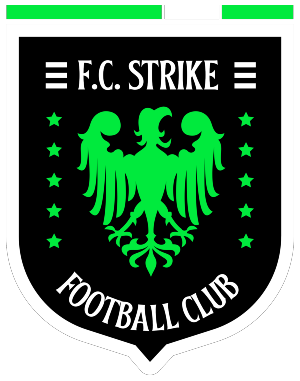Hello Soccer Parents,
As your child grows into the beautiful game of soccer, it’s crucial for you, too, to understand the intricacies of the game. You might have heard the term “indirect free kick” during matches and wondered what it’s all about. This post aims to simplify the rules and explain when and why an indirect free kick is awarded in a soccer match.
What is an Indirect Free Kick?
In soccer, there are two types of free kicks: direct and indirect. A direct free kick means that a goal can be scored directly from the kick without the ball touching another player. On the other hand, an indirect free kick requires the ball to touch another player before a goal can be scored.
When is an Indirect Free Kick Awarded?
An indirect free kick is awarded to the opposing team when a player:
- Plays in a dangerous manner.
- Impedes the progress of an opponent.
- Prevents the goalkeeper from releasing the ball from their hands.
- Commits any other offense, not mentioned in the Laws, for which play is stopped to caution or send off a player.
The indirect free kick is also awarded to the opposing team when a goalkeeper, inside their own penalty area, commits certain offenses like touching the ball with their hands after it has been deliberately kicked to them by a teammate.
How is an Indirect Free Kick Taken?
When an indirect free kick is awarded, the ball must be stationary when the kick is taken, and the kicker cannot touch the ball a second time until it has touched another player.
Unlike a penalty kick where all players must be outside of the penalty box, for an indirect free kick, players can stand anywhere on the field, maintaining a minimum distance of 10 yards from the ball (unless they are standing on their own goal line between the goalposts).
The referee will indicate an indirect free kick by raising their arm above their head. They will maintain their arm in that position until the kick has been taken and the ball has touched another player.
In a Nutshell…
An indirect free kick is a fascinating part of soccer that can turn the tide of a game, bringing an unexpected twist to the match. Knowing why and when an indirect free kick is awarded not only helps you understand the game better but also lets you explain these moments to your young athlete.
So the next time you’re at your child’s game and the referee raises their arm for an indirect free kick, you’ll know exactly what’s happening and why. And remember, understanding the rules is part of the fun and excitement of being involved in youth soccer!
Keep cheering and supporting your little champions. Your encouragement makes all the difference!
See you on the sidelines!
Coach Mick

